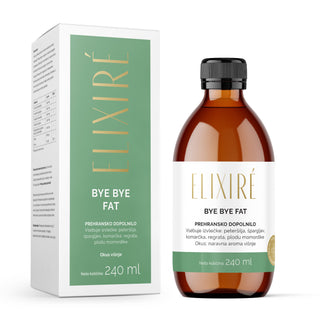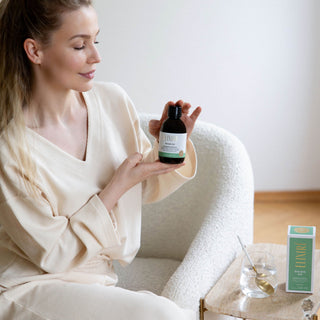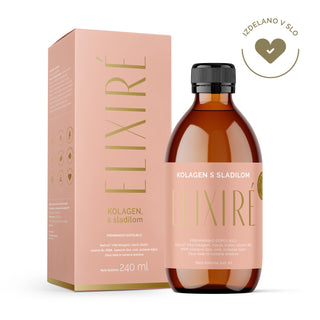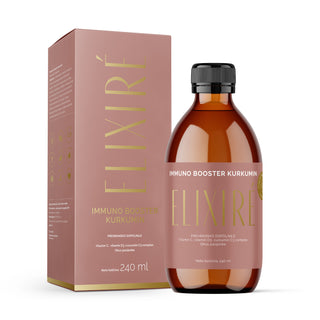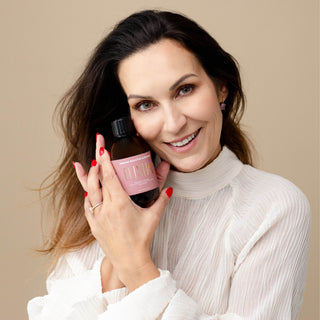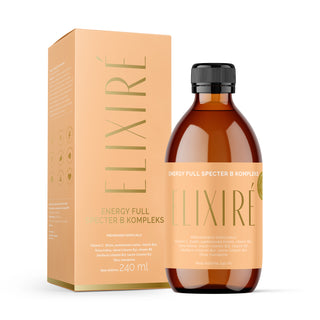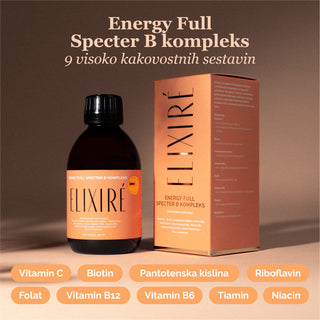In the world of skincare, the shelves beckon with numerous formulations, but few contain innovations that actually benefit the skin. greater effectiveness and less irritationOne such technology is microencapsulationIn this article, we will explore why it is worth reaching for products with microencapsulated ingredients, which active ingredients provide the most benefit, and how to identify such products.
What does microencapsulation mean in cosmetics?
Microencapsulation is a process in which active substances such as vitamins, antioxidants and acids, enclosed in tiny protective capsulesThese capsules protect the ingredients from external influences such as light, oxygen and heat, and allow them to gradual release when applied to the skin. (1*)
This means that the ingredient remains stable for a longer period of time and reaches the skin precisely when it is most effective.
Which ingredients benefit the most from microencapsulation?
-
Vitamin C – extremely sensitive to oxidation, so it loses potency quickly. In encapsulated form, it remains stable longer and truly brightens the skin. (2*)
-
Retinol – effective against wrinkles, but often irritates the skin. Gradual release reduces redness and sensitivity. (3*)
-
Coenzyme Q10 – a powerful antioxidant that protects against oxidative stress and stimulates the synthesis of collagen and elastin. (4*, 5*)
-
Peptides – encapsulation of bioactive peptides improves their stability, prolongs efficacy, enables controlled release and preserves their biological activity, while improving their sensory properties. (6*)
Benefits for your daily routine
-
Less irritation: The active ingredients are released slowly and in smaller amounts, so there is less chance of redness or peeling.
-
Longer durability: The products remain effective for a long time, even after opening.
-
Better results: The active ingredients get deeper into the skin where they can really work.
-
Smart combination: Encapsulation allows the combination of ingredients that would otherwise degrade with each other (e.g. vitamin C and retinol).
How to recognize such products?
-
Look for terms such as in the declaration or description of ingredients "encapsulated", "liposomal", "microspheres" or "nanocarriers".
-
Check if the brand highlights stability and gradual release as key advantages.
-
Look for scientific references – quality brands will clearly communicate how their technology is tested.
Conclusion
Microencapsulation is one of those innovations in cosmetics that combines the best of two worlds: efficiency and tendernessIf you want your routine to deliver visible results without unnecessary irritation, choosing products with microencapsulated active ingredients is a smart step forward.
Literature: (*)
- Source: Cosmetic features and applications of lipid nanoparticles (SLN, NLC), (EB Souto, RH Müller), https://pubmed.ncbi.nlm.nih.gov/18452432/
- Source: Topical delivery of l-ascorbic acid spanlastics for stability enhancement and treatment of UVB induced damaged skin, (M. Elhabak, S. Ibrahim, SM Abouelatta), https://pmc.ncbi.nlm.nih.gov/articles/PMC7909477/
- Source: Encapsulation and controlled release of retinol from silicone particles for topical delivery, (CW Shields 4th, JP White, EG Osta, J. Patel, S. Rajkumar, N. Kirby, JP Therrien, S.Zauscher), https://pubmed.ncbi.nlm.nih.gov/29604311/
- Source:

